In today’s high-stakes world, the ability to remain calm under pressure is a critical skill for professionals, leaders, and anyone striving for excellence. Yet, too often, stress triggers impulsive reactions, clouded judgment, and missed opportunities, derailing personal and professional goals.
The pain of losing composure—whether during a critical presentation, a heated conflict, or an overwhelming deadline—can erode confidence and hinder success. This post explores the challenges of staying calm under pressure, delving into why our brains react the way they do, when and how this problem surfaces, and what specific situations spark these reactions.
More importantly, it offers 10 practical strategies, grounded in emotional strength and mental discipline for success, to help you master your responses and build long-term resilience. With targeted exercises and actionable insights, you’ll learn how to stay calm under pressure, transforming stress into a catalyst for growth. Let’s dive in and unlock the power of composure to achieve your highest potential.
What Does It Mean to Stay Calm Under Pressure?
Staying calm under pressure is the ability to maintain clarity, composure, and focus when faced with high-stakes or stressful situations. It’s about keeping your emotions in check during a tight deadline, a heated argument, or a public speaking moment, ensuring your decisions remain rational and effective.
This skill, rooted in emotional strength, allows you to navigate challenges with confidence, turning chaos into opportunity.
What Is Emotional Strength?
Emotional strength is the inner resilience that helps you manage stress, regulate emotions, and respond thoughtfully rather than react impulsively. It’s the quiet power that lets you face a crisis without crumbling, drawing on self-awareness and discipline to stay grounded.
Emotional strength is the backbone of staying calm under pressure, enabling you to thrive in adversity and build mental discipline for success.
The Pain of Losing Calm: Understanding the Problem
Losing calm under pressure is a universal struggle that can sabotage your goals and well-being. Imagine Sarah, a project manager, facing a looming deadline.
Her heart races, her thoughts spiral, and she snaps at her team, escalating tension and delaying progress. This loss of composure—marked by anxiety, irritability, or mental fog—presents in moments of high stress, undermining performance and relationships. The problem surfaces in specific scenarios:
- When It Happens: High-pressure situations like tight deadlines, public speaking, conflicts, or unexpected setbacks (e.g., a client’s last-minute demands).
- How It Presents: Physical signs (racing heart, sweaty palms), emotional reactions (anger, panic), or cognitive struggles (inability to focus, impulsive decisions).
- Why It Happens: The brain’s stress response, driven by the amygdala, triggers a fight-or-flight reaction, flooding the body with cortisol and adrenaline. This survival mechanism, meant to protect, often overwhelms rational thinking, causing you to act impulsively or freeze.
Why We Act This Way: Neurologically, losing calm under pressure stems from the amygdala hijacking the prefrontal cortex—the part responsible for logic and planning. When stress spikes, the brain prioritizes survival over strategy, leading to reactive behaviors like shouting, shutting down, or making rash choices.
For example, during a heated argument, John, a sales rep, lashes out, regretting it later. His brain, flooded with stress hormones, couldn’t access the emotional strength needed to pause and respond thoughtfully.
These reactions hurt performance, strain relationships, and chip away at confidence, making it critical to address the problem with intentional strategies and long-term exercises.
Situations That Test Your Calm
Certain scenarios are notorious for breaking calm under pressure, each triggering the brain’s stress response in unique ways. Here are common situations and why they challenge us:
- Tight Deadlines: Racing against the clock, like Lisa finishing a report hours before a meeting, spikes cortisol, clouding focus and prompting panic-driven shortcuts.
- Public Speaking: Standing before an audience, as Alex did for a pitch, triggers fear of judgment, activating fight-or-flight and causing stuttering or blanking out.
- Conflicts: Arguments, like Maria’s clash with a coworker, ignite emotional triggers, pushing the brain into defensive mode and sparking impulsive retorts.
- Unexpected Setbacks: A sudden client rejection or tech failure, as John faced, disrupts plans, overwhelming the brain and leading to frustration or paralysis.
In each case, the amygdala senses a threat, bypassing rational thought and reducing emotional strength. Understanding these triggers is the first step to reclaiming control.
How to Stay Calm Under Pressure
To address the problem, you need practical strategies that build emotional strength and mental discipline for success, helping you stay calm under pressure in the moment and over time. Below, we’ll explore 10 approaches, each with a relatable story and actionable exercises for long-term resilience.
These flow naturally, like advice from a trusted mentor, using human-friendly headings and conversational transitions to keep you engaged.
Breathe Through the Storm
When stress hits, your breath is your anchor. Sarah, facing a deadline meltdown, used slow, deep breaths to steady her racing heart, regaining clarity to lead her team. Breathing exercises counter the amygdala’s panic signal, restoring calm under pressure by calming the nervous system.
- Practice 4-7-8 breathing: inhale for 4 seconds, hold for 7, exhale for 8. Do 5 rounds when stressed.
- Set a daily 5-minute breathing practice to build resilience.
- Use a reminder app to prompt breathing during high-pressure moments.
Ground Yourself in the Moment
Mindfulness keeps you present, preventing stress from spiraling. Alex, nervous before a speech, focused on the feel of his feet on the floor, silencing his racing thoughts.
Mindfulness builds emotional strength, helping you stay calm under pressure by anchoring you to now.
- Try a 1-minute body scan: notice sensations in your feet, hands, and breath.
- Practice 10 minutes of daily mindfulness meditation (use apps like Calm).
- When stressed, name 5 things you see to refocus your mind.
Reframe the Pressure
How you view stress shapes your response. Maria, in a heated argument, told herself, “This is a chance to understand them.” Reframing stress as opportunity builds emotional strength, fostering calm under pressure by shifting your mindset.
- Replace “This is awful” with “This is a challenge I can handle.”
- Journal nightly: write one stressful moment and reframe it positively.
- Read a growth mindset article monthly to reinforce this habit.
Pause Before You Act
A brief pause can stop impulsive reactions. John, upset by a client’s rejection, counted to 10 before responding, avoiding a heated email.
Pausing strengthens mental discipline for success, ensuring calm under pressure by giving your brain time to process.
- Count to 5 silently when triggered, then respond.
- Practice daily pauses: wait 10 seconds before answering in conversations.
- Use a visual cue, like a bracelet, to remind you to pause.
Visualize Success
Picturing a positive outcome calms nerves. Lisa, before a big meeting, imagined nailing her presentation, boosting her confidence. Visualization enhances emotional strength, helping you stay calm under pressure by preparing your mind for success.
- Spend 2 minutes daily visualizing a stressful scenario going well.
- Before high-stakes events, close your eyes and picture success for 30 seconds.
- Pair visualization with a calming phrase, like “I’ve got this.”
Build a Pre-Pressure Routine
A consistent routine primes you for calm. Alex started his mornings with 5 minutes of stretching and a positive affirmation, steadying him for tough days. Routines reinforce emotional strength, supporting calm under pressure by creating stability.
- Create a 5-minute morning routine: stretch, breathe, or journal.
- Stick to it daily for 30 days to form a habit.
- Adjust it for travel or busy days to maintain consistency.
Journal to Release Stress
Writing clarifies emotions, reducing stress. Sarah journaled after a tough day, sorting her thoughts and feeling lighter.
Journaling builds emotional strength, promoting calm under pressure by processing feelings constructively.
- Write 5 minutes daily: “What stressed me today? How can I handle it?”
- After a high-pressure moment, journal your emotions to decompress.
- Review weekly to spot patterns and plan better responses.
Practice Physical Release
Movement burns off stress hormones. John, frustrated after a setback, took a brisk 10-minute walk, clearing his head. Physical activity strengthens mental discipline for success, helping you stay calm under pressure by resetting your body.
- Take a 5-minute walk or do 10 jumping jacks when stressed.
- Add 20 minutes of daily movement, like yoga or running.
- Schedule weekly workouts to maintain long-term stress relief.
Connect with Support
A trusted ally can ground you. Maria called a friend before a big presentation, their encouragement calming her nerves. Support builds emotional strength, fostering calm under pressure by reminding you you’re not alone.
- Identify one supportive person to call during stress.
- Schedule weekly check-ins with a friend or mentor.
- Join a group (e.g., a professional network) for ongoing support.
Train Your Brain with Repetition
Long-term calm comes from practice. Lisa practiced breathing and pausing daily, so when a crisis hit, she responded calmly without thinking. Consistent exercises build emotional strength, ensuring calm under pressure becomes second nature.
- Combine breathing, mindfulness, and pausing into a 10-minute daily practice.
- Track your progress in a journal for 30 days to stay committed.
- Gradually increase practice time to 15 minutes for deeper resilience.
Long-Term Exercises for Lasting Calm
To make calm under pressure a lifelong skill, commit to these exercises for sustained emotional strength:
- Daily Mindfulness (10-15 minutes): Meditate or do body scans to train focus, reducing amygdala reactivity over time. Apps like Headspace guide you.
- Weekly Journaling (15-20 minutes): Reflect on stress triggers and reframe them, building self-awareness and emotional clarity.
- Regular Movement (20-30 minutes daily): Exercise—walking, yoga, or weights—lowers cortisol, enhancing stress resilience.
- Monthly Mindset Check (30 minutes): Read or watch content on growth mindset to reinforce reframing stress as opportunity.
- Ongoing Support (weekly check-ins): Stay connected with a friend or group to maintain accountability and emotional grounding.
These habits, practiced consistently, rewire your brain for calm under pressure, making composure your default response.
Real-World Scenarios
Let’s see how calm under pressure applies to everyday challenges, making these strategies relatable.
- Work Deadlines: Breathe through the storm and journal to release stress, like Sarah, to stay focused and lead effectively.
- Public Speaking: Visualize success and pause before you act, as Alex did, to deliver with confidence.
- Conflicts: Reframe the pressure and connect with support, like Maria, to resolve disputes calmly.
These examples show calm under pressure is a universal tool, powered by emotional strength, for any high-stakes moment.
FAQs About Emotional Strength
Take five 4-7-8 breaths—inhale for 4, hold for 7, exhale for 8. This resets your nervous system, building emotional strength to stay calm under pressure instantly.
Stress triggers your brain’s fight-or-flight response, overwhelming rational thought. Practice daily mindfulness and pausing to boost emotional strength and stay calm under pressure.
With daily exercises like breathing or journaling, you’ll see progress in 2-4 weeks. Commit to 60 days for lasting calm under pressure, rooted in emotional strength.
Yes! It’s a skill, not a talent. Start with short breathing exercises and build emotional strength over time—anyone can master calm under pressure with practice.
Daily 10-minute mindfulness meditation, paired with weekly journaling, rewires your brain for calm under pressure, strengthening emotional strength for any challenge.
Wrapping It Up
You’ve just unlocked a roadmap to master calm under pressure, turning stress into a springboard for success. From breathing through chaos to training your brain with daily habits, these 10 strategies, backed by emotional strength, help you conquer tight deadlines, conflicts, and setbacks with clarity and confidence.
Staying calm under pressure isn’t just about surviving tough moments—it’s about thriving through them, using mental discipline for success to achieve your goals. Start today: try a 4-7-8 breath or a quick journal session. Small steps lead to big wins, and with practice, you’ll make composure your superpower. Take charge now and transform how you face pressure!


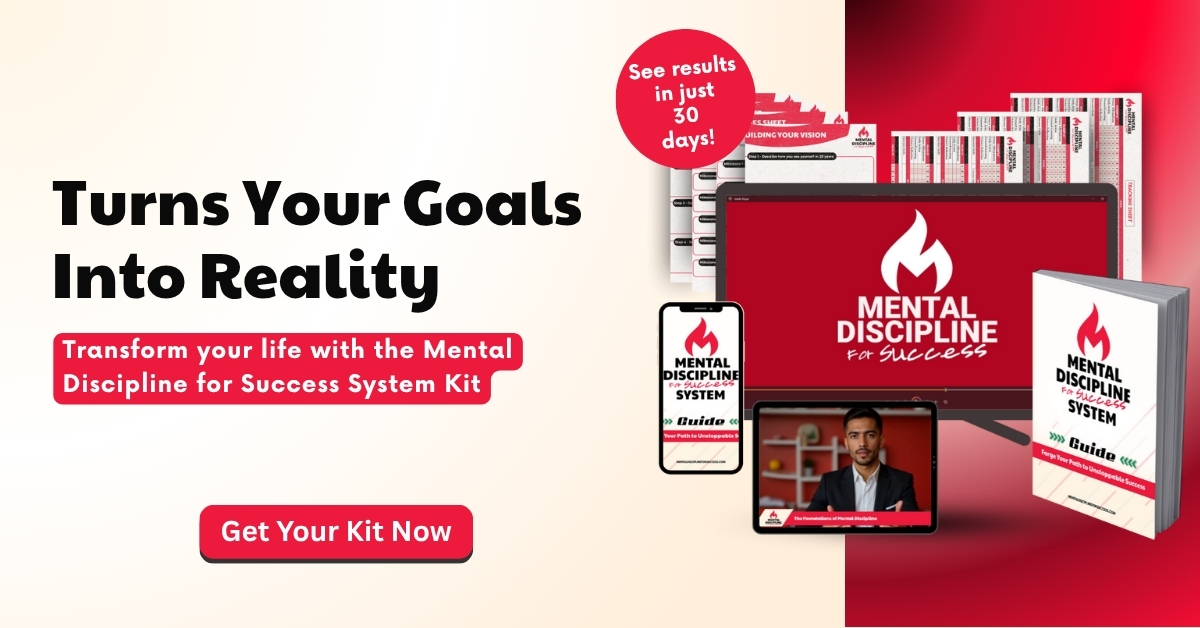
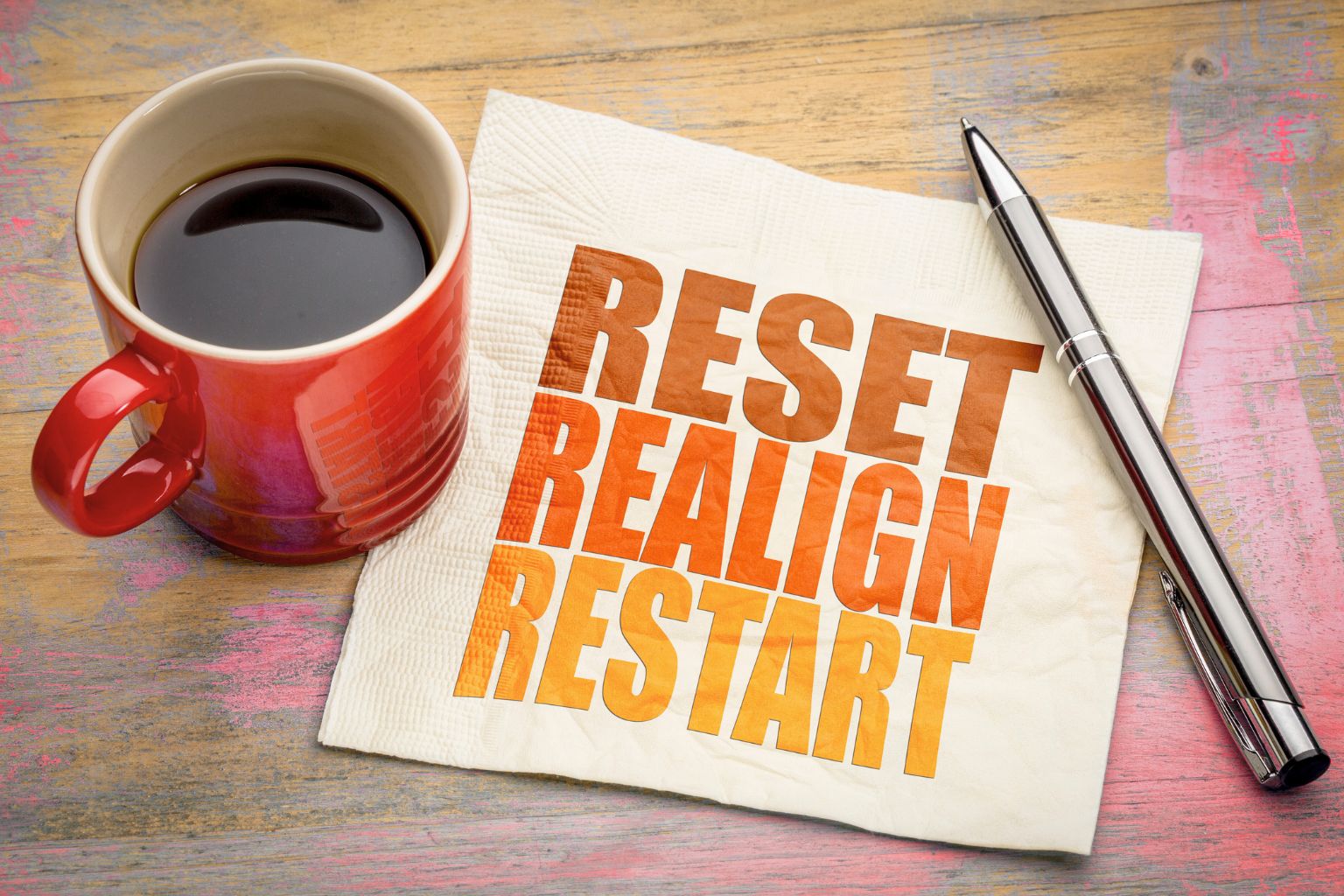
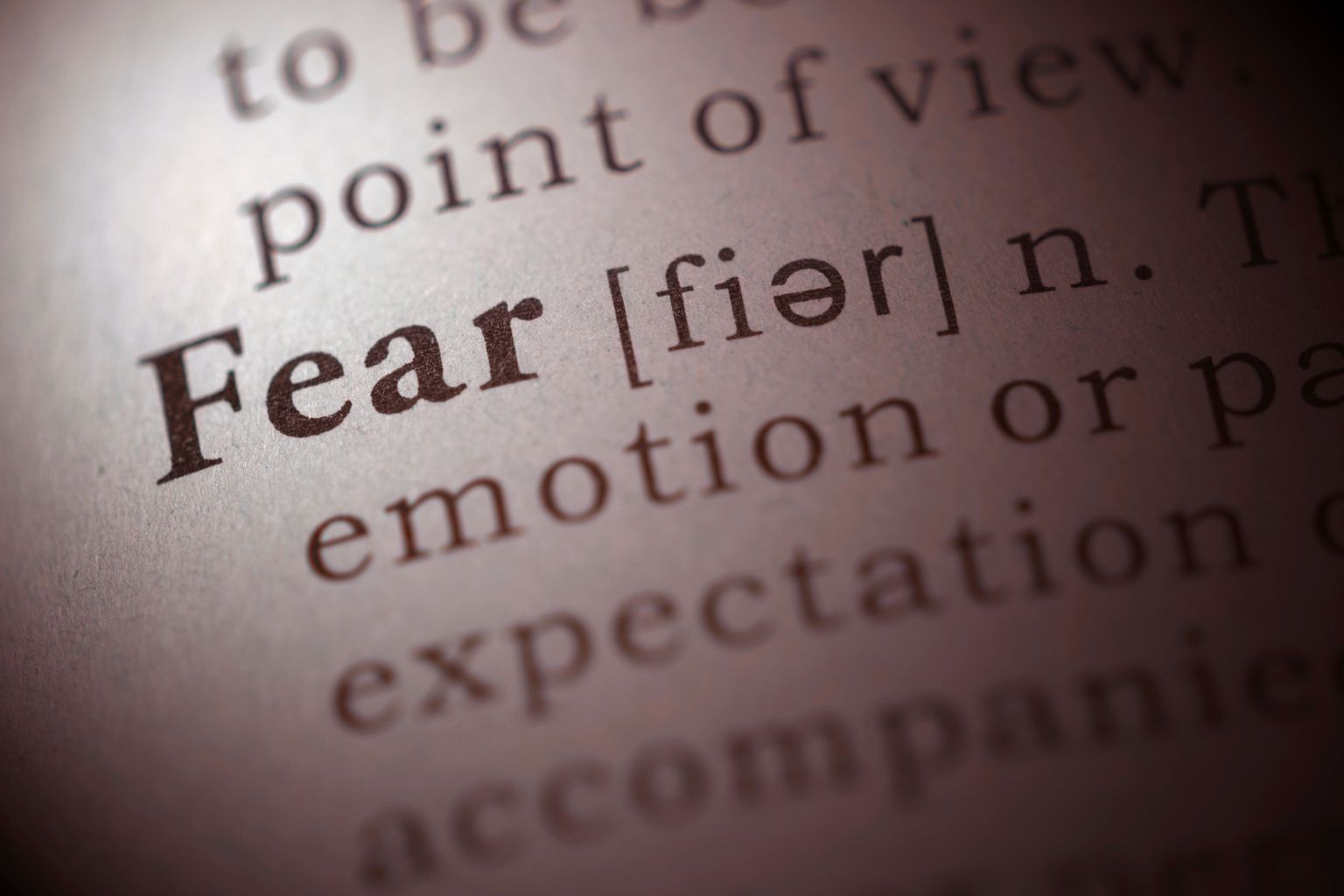



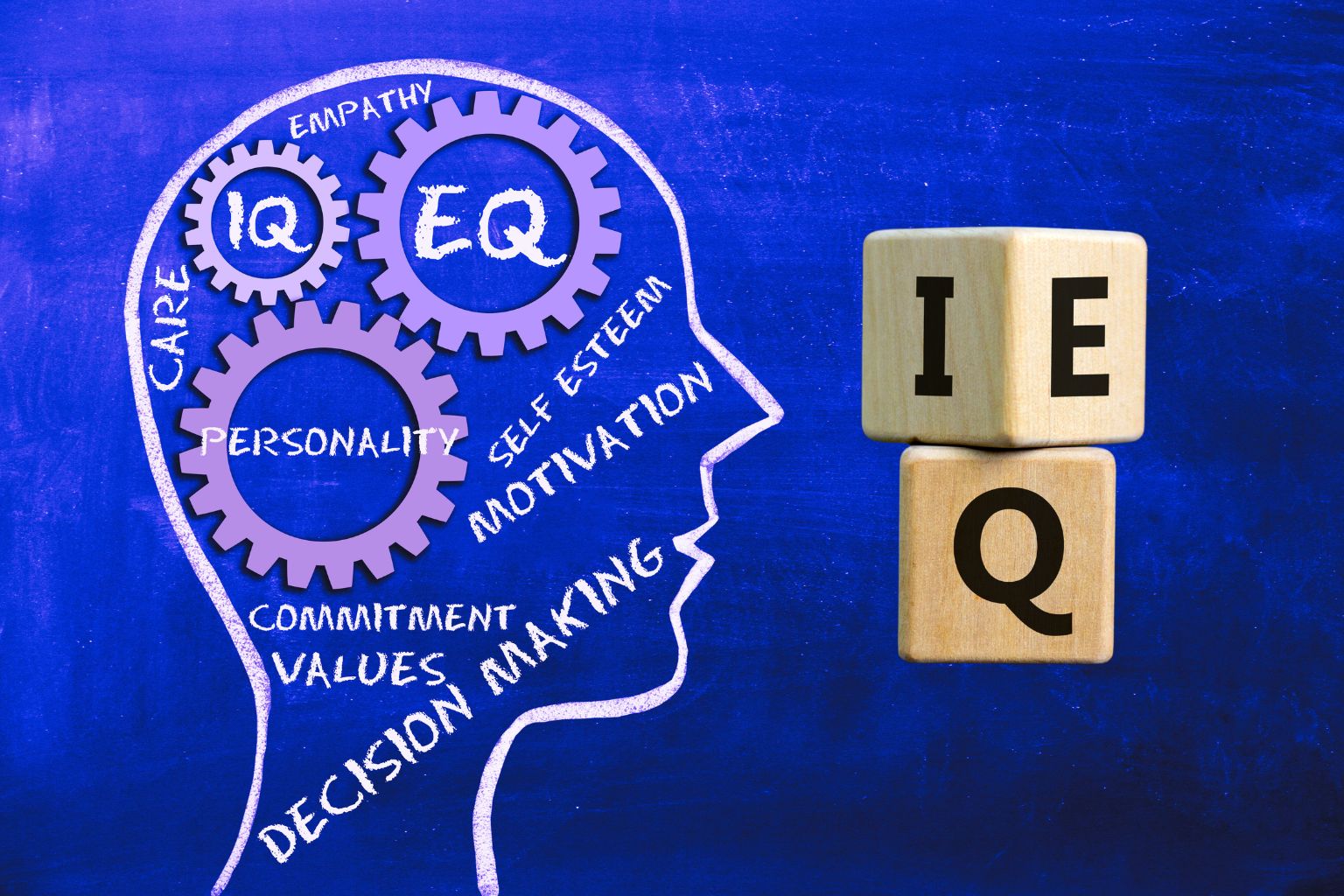

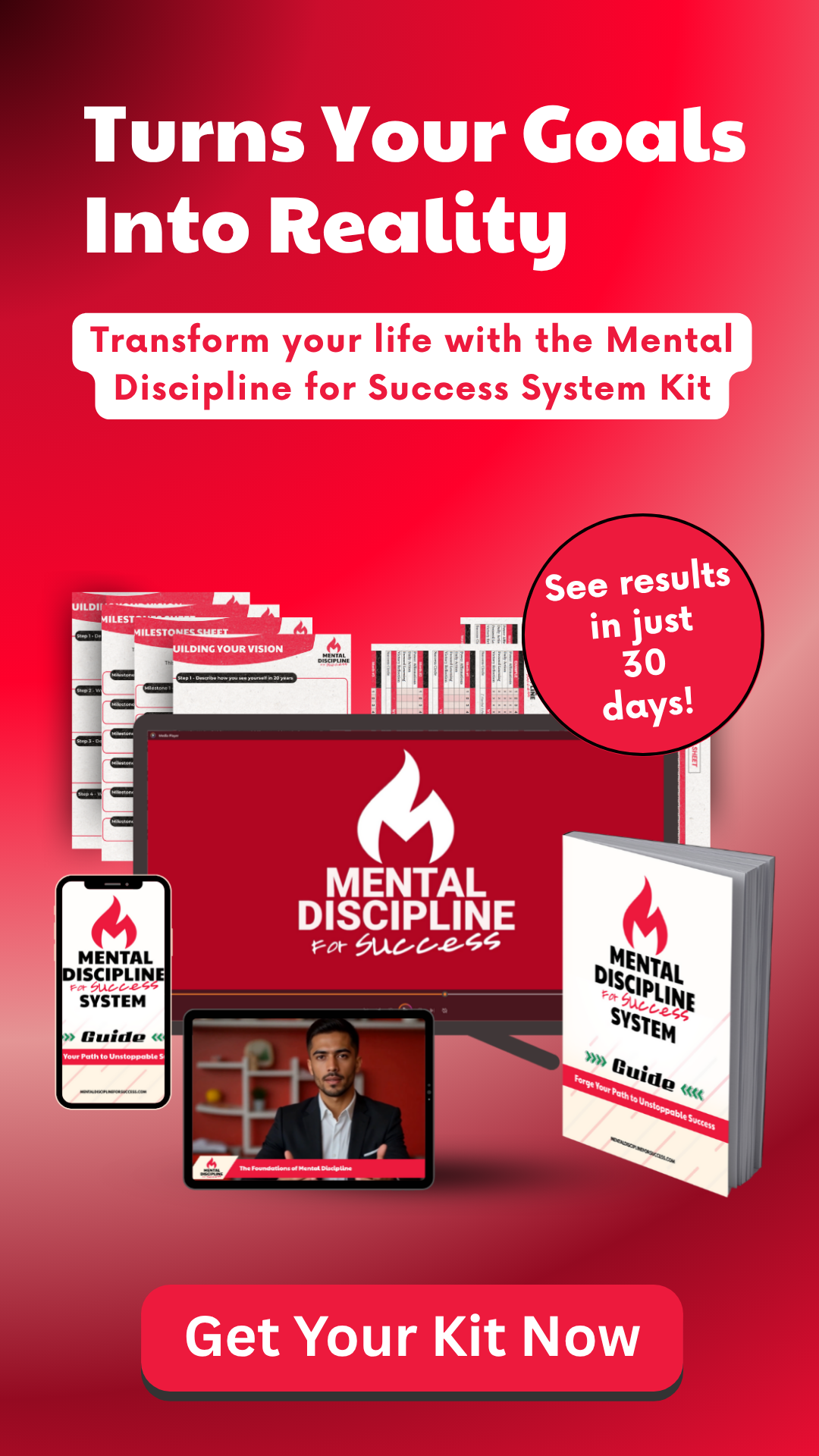
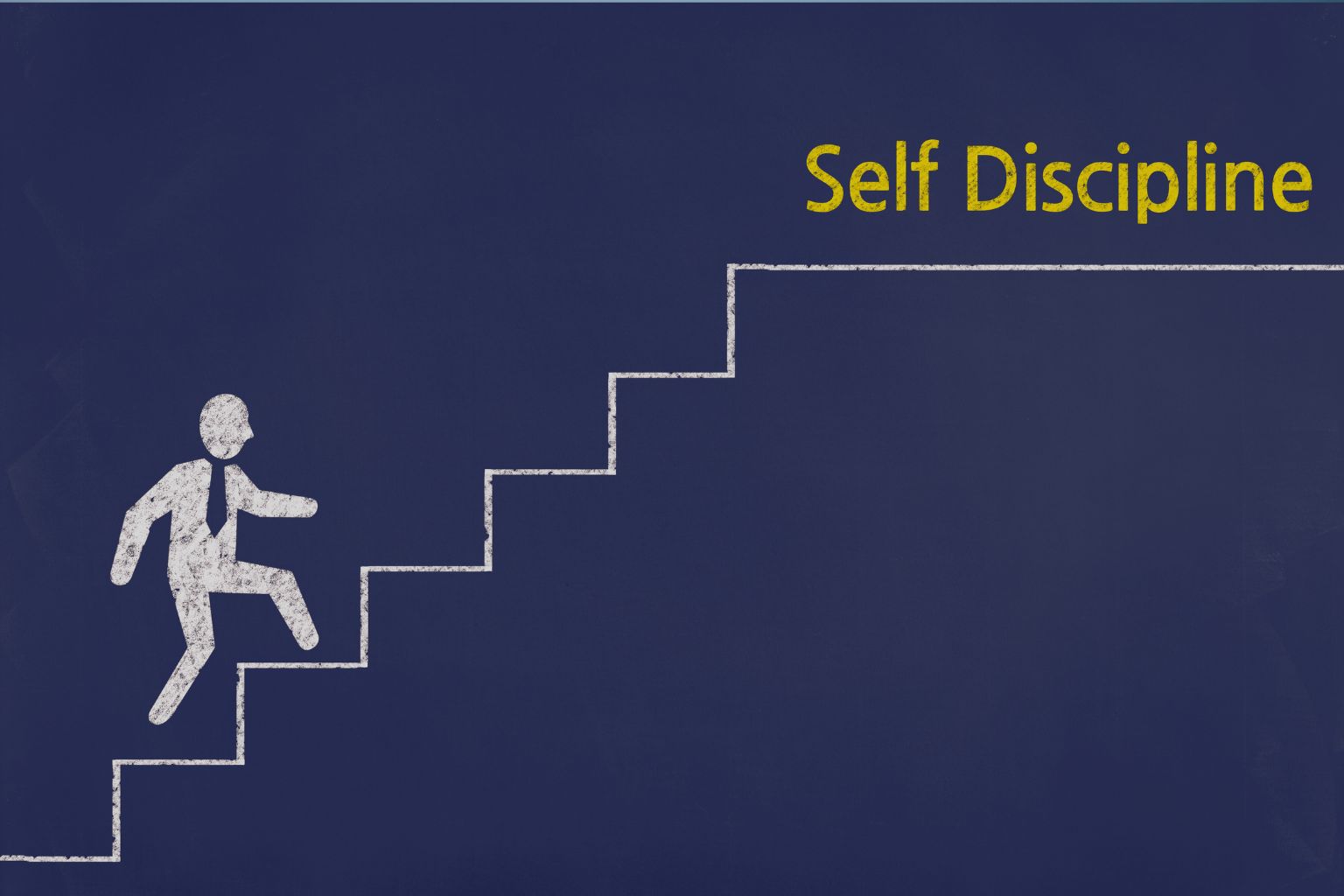

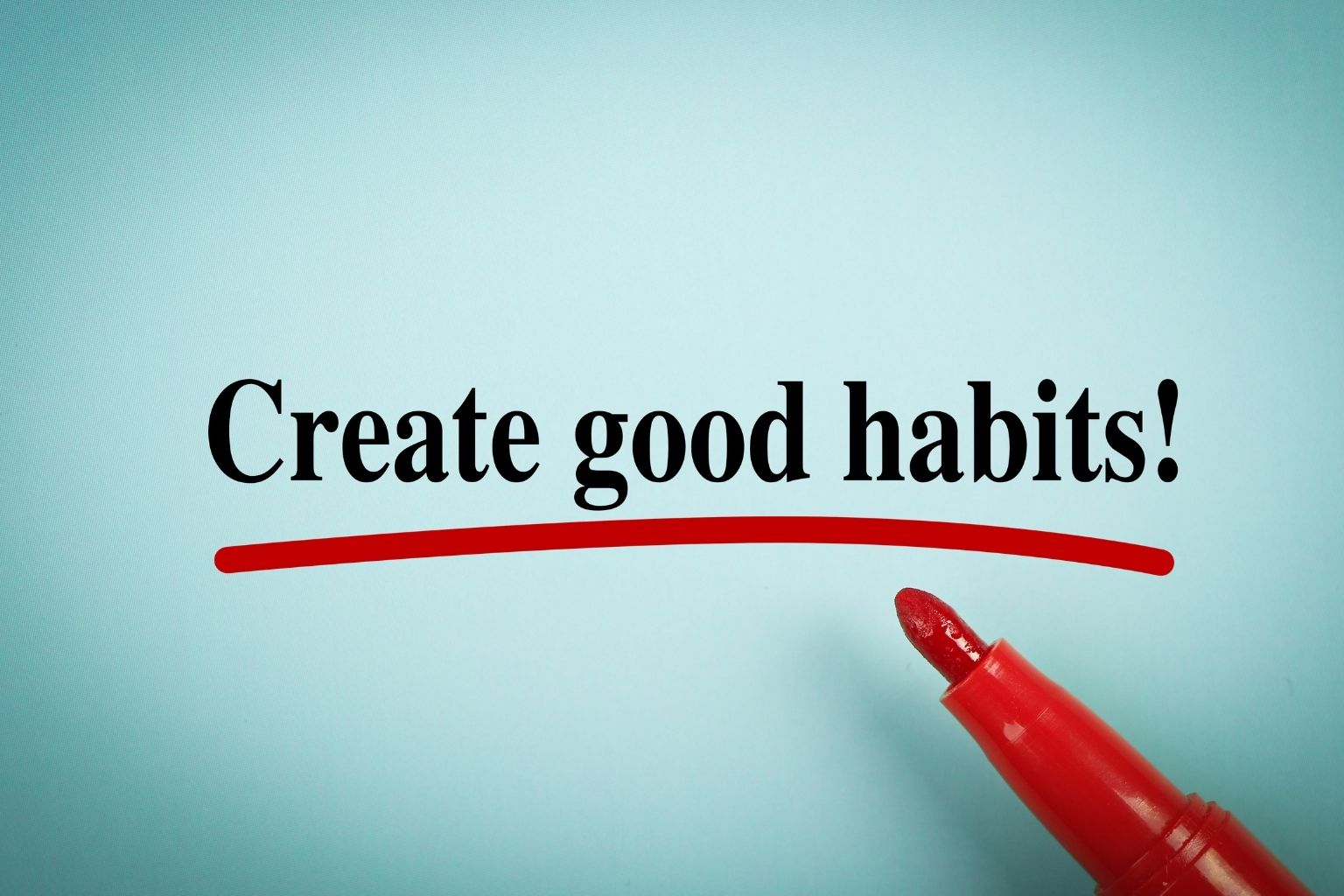



Share it!